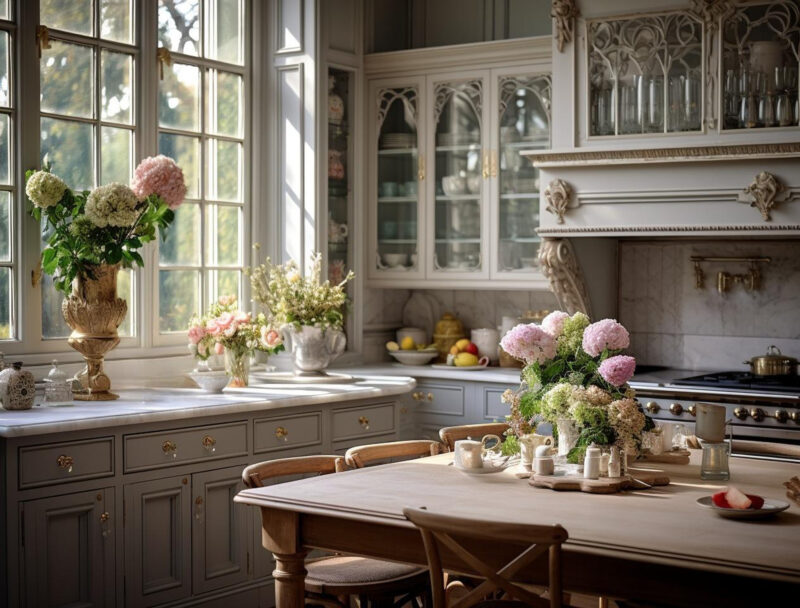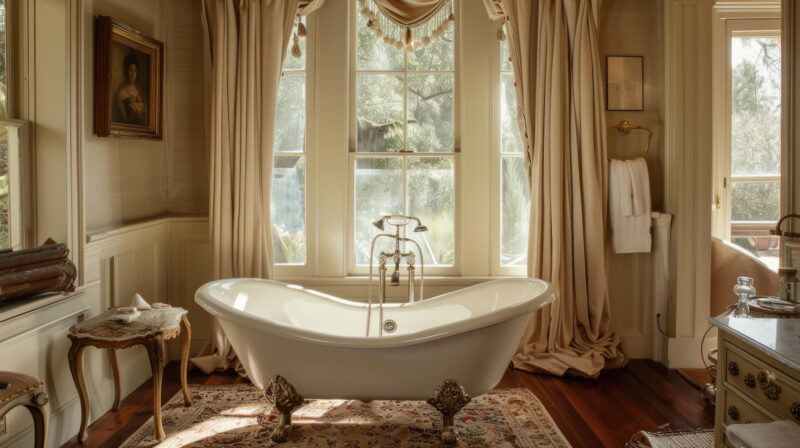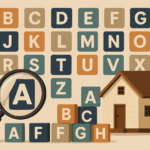Federation-style homes are a hallmark of Australia’s capital cities, standing proud with their red brick facades, intricate fretwork and leadlight windows. These beauties date back to the late 1800s and early 1900s, merging Victorian elegance with a uniquely Aussie twist.

Note: Owning one is great, but as delightful as they are, they also come with their share of maintenance and renovation headaches. For investors and homeowners, renovating a Federation home isn’t purely about keeping it standing — it’s about adding interest and value without compromising the essence of the building.
Even a few savvy updates can seriously enhance resale value and increase livability without losing the property’s heritage appeal. Whether you’re updating old wiring, restoring period features or making the property more energy-efficient, here is our guide on smart renovation tips for federation-style homes.

1. Upgrade the electrical system without ruining aesthetics
Many Federation homes still have their original, outdated wiring and while that might seem like a nostalgic nod to history, it’s not a safe solution. Upgrading electrical systems is actually a legal obligation if you intend to sell or rent.
The key is getting a professional on board with understanding and experience working with heritage homes. Searching for a residential electrician in Melbourne will help you find experts who can bring your wiring up to speed while maintaining the property’s character.
If you’re concerned about modern switches and outlets detracting from period details, there are plenty of heritage-style options that blend in seamlessly. Additionally, re-wiring gives you the opportunity to include a variety of new lighting options that highlight the property’s architectural details — LED strips under picture rails, for example, or pendants that suit the period.
Consider installing energy-efficient systems that’ll keep the bills down without ruining the aesthetic.
2. Refresh the facade without losing its character
First impressions are important, and with Federation homes, the facade is everything. These homes were built to be eye-catching, with decorative timberwork, elaborate verandas and bold brickwork. But decades of wear and tear can leave them looking tired.
Lots of homeowners underestimate the power of a professional brick clean or gentle pressure wash on decorative timber elements. Once that’s sorted, check the mortar. Repointing brickwork using a lime-based mortar (rather than cement) will help to retain authenticity while enhancing structural integrity.
If the exterior paint is peeling, stick with traditional colours like deep greens, warm reds and creams to keep the facade looking era-appropriate.

3. Modernise the kitchen without erasing the history
Step into any Federation home, and you’ll notice that the kitchens aren’t really designed for modern entertaining. Kitchens were often out of sight and tucked away as purely functional spaces, removed from the main living quarters.
But times have changed, and open-plan living is now an in-demand feature for many Australians seeking a new home. The challenge comes in updating the kitchen without making it feel out of place, and the trick is blending old with new.
For example, you could consider preserving existing details such as pressed metal splashbacks, high ceilings and decorative archways, while adding contemporary features such as shaker-style cabinetry in heritage tones for a cohesive feel. Stone or timber benchtops work well, and if space allows, add a kitchen island with period-style legs.
When it comes to appliances, integrating them behind custom cabinetry keeps the space looking classic. And if you’re looking for a real showstopper, look for vintage-inspired appliances like toasters, coffee machines, ovens or fridges that provide modern function with a retro vibe.

4. Restore (don't replace) original features
In recent years, renovators have favoured the trend of covering brickwork in white paint or tearing out original hardwood floors in favour of cheaper laminates. Arguably, one of the biggest mistakes renovators make is ripping out heritage features in favour of modern alternatives.
Federation homes are filled with details that simply aren’t made the same way anymore — fireplace ceiling roses and decorative skirting boards. The list goes on. These aren’t mere quaint details — they also add major resale value.
If original features are not completely damaged, restoration is usually worth the effort. Many specialist tradespeople can repair stained glass, refurbish old timber floors or bring plasterwork back to life.
Fireplaces, even when they’re not working, can make for a design statement with a bit of paint or attractive tiling. The key takeaway? If it’s original, try to keep it if you can.
5. Make the home more energy-efficient (without ugly upgrades)
Older homes weren’t exactly designed with energy efficiency in mind. Thin walls, single-pane windows, and drafty floorboards can make heating and cooling a nightmare. The good news? There are plenty of ways to improve thermal performance without wrecking the aesthetic.
Start with insulation — lots of Federation homes do not have the right ceiling or underfloor insulation, and adding those alone will make a massive difference. Next, tune in to the windows. If you don’t want to swap out original leadlight windows, secondary glazing is a great option. It preserves the look while providing insulation benefits.
Another smart move? Installing period-appropriate window coverings like thick drapes or plantation shutters which are experiencing a huge resurgence at the moment. These options help regulate temperature while fitting the style of the home.
For those considering solar panels, installing them on the back side of the roof keeps them out of sight while still reducing energy bills.
6. Rework the floor plan for modern living
Federation houses tend to have a more compartmentalised layout, with separate rooms, as opposed to open-plan living spaces. This is great for keeping areas private, but sometimes a little interior adjustment is necessary to make things more functional for modern living.
But before you start knocking down walls, think about subtle ways to open up the space but still keep the period charm. Widening doorways, putting in internal glass partitions or using archways can give a more open feel without making the home feel too modern.
If an extension is in the cards, shoot for a design that complements the existing structure — matching rooflines, materials and proportions will help to retain that heritage feel.
If you’re working with a smaller footprint, built-in storage solutions can make a world of difference. Think storage under stairs, window seats with hidden compartments, and custom cabinetry that fits seamlessly with original features.

7. Refresh the bathroom while keeping the vintage charm
Old-school Federation bathrooms often feature pastel tiles, clawfoot tubs, and pedestal sinks. Many of these elements have stood the test of time, but there’s no denying that some of them have aged like milk. The goal? Upgrade functionality while keeping that timeless charm intact.
If the existing bathtub is in good shape, try reglazing rather than a replacement — it’s often cheaper and preserves the vintage feel. Wall-mounted taps, heritage-style vanities and tiled floors in black and white all work well to maintain the period look.
To satisfy modern-day conveniences, heated flooring or a rainfall shower can be installed without disrupting the classic aesthetic.
Lighting is another area where balance is key. Wall sconces or pendant lights with an antique brass or matte black finish can add a warm, heritage-inspired glow.
Successfully renovating federation-style homes
Owning and living in a Federation-style home is a dream for many, but it’s important to remember that they need a considered approach when it comes to renovations.

Tip: The goal should always be to enhance, not erase, their unique character. From upgrading the electrical system and restoring original elements to increasing the energy efficiency of a home, small but sensible renovations can work wonders.
With the right balance of heritage preservation and modern updates, your Federation home won’t simply weather the storm of time — it will flourish in today’s market, giving you the best of both worlds: timeless charm, paired with modern conveniences. Happy renovating!














